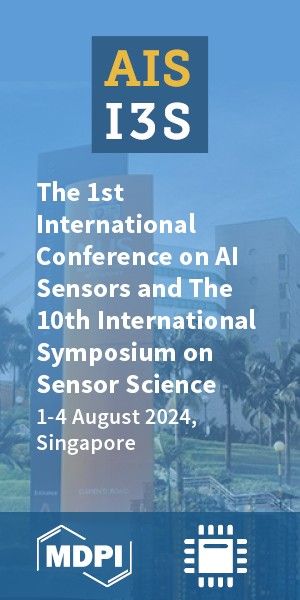In Vitro and In Vivo Translational Insights on the Intraoperative Use of Antiseptics and Lavage Solutions Against Microorganisms Causing Orthopedic Infections
How to cite: Dudek, B.; Brożyna, M.; Karoluk, M.; Frankiewicz, M.; Migdał, P.; Szustakiewicz, K.; Matys, T.; Wiater, A.; Junka, A. In Vitro and In Vivo Translational Insights on the Intraoperative Use of Antiseptics and Lavage Solutions Against Microorganisms Causing Orthopedic Infections. Preprints 2024, 2024110308. https://doi.org/10.20944/preprints202411.0308.v1 Dudek, B.; Brożyna, M.; Karoluk, M.; Frankiewicz, M.; Migdał, P.; Szustakiewicz, K.; Matys, T.; Wiater, A.; Junka, A. In Vitro and In Vivo Translational Insights on the Intraoperative Use of Antiseptics and Lavage Solutions Against Microorganisms Causing Orthopedic Infections. Preprints 2024, 2024110308. https://doi.org/10.20944/preprints202411.0308.v1
Abstract
The growing antibiotic resistance of microorganisms causing postoperative infections following orthopedic surgeries underscores the urgent need for localized antiseptic and lavage delivery systems to enhance infection control. This study evaluates the in vitro effectiveness of antiseptic and lavage solutions—including polyhexanide, povidone-iodine, low-concentration hypochlorite, Ringer’s solution, and saline—against Staphylococcus epidermidis, Staphylococcus aureus MRSA, Cutibacterium acnes, Corynebacterium amycolatum, Pseudomonas aeruginosa, and Candida albicans. Using microplate models (Minimum Inhibitory Concentration, Minimum Biofilm Eradication Concentration, and Biofilm-Oriented Antiseptic Test assays), flow-based models (Bioflux system), and surfaces relevant to orthopedic implants (e.g., stainless steel disks/screws, Co-Cr-Mo, Ti-Al-Nb orthopedic alloys, and ultra-high molecular weight polyethylene), as well as a bio-nano-cellulose scaffold representing tissue, we assessed solutions activity. The cytotoxicity of the solutions was evaluated using osteoblast and keratinocyte cell lines, with additional in vivo insights gained through the Galleria mellonella larval model. Results show that polyhexanide-based solutions outperformed povidone-iodine in biofilm eradication in most tests applied, particularly on complex surfaces, whereas iodine demonstrated higher cytotoxicity in applied in vitro and in vivo tests. Low-concentration hypochlorite solutions exhibited minimal antibiofilm activity but also showed no cytotoxicity in cell line and G. mellonella larval models. These findings highlight the importance of careful antiseptic selection and rinsing protocols to balance infection control efficacy with tissue compatibility in orthopedic applications.
Keywords
Subject
Copyright: This is an open access article distributed under the Creative Commons Attribution License which permits unrestricted use, distribution, and reproduction in any medium, provided the original work is properly cited.
Comments (0)
We encourage comments and feedback from a broad range of readers. See criteria for comments and our Diversity statement.
Leave a public commentSend a private comment to the author(s)











